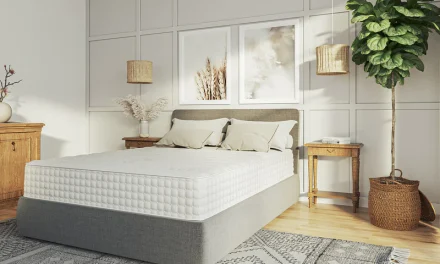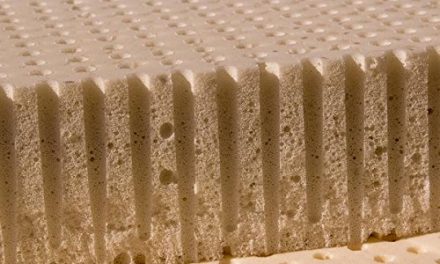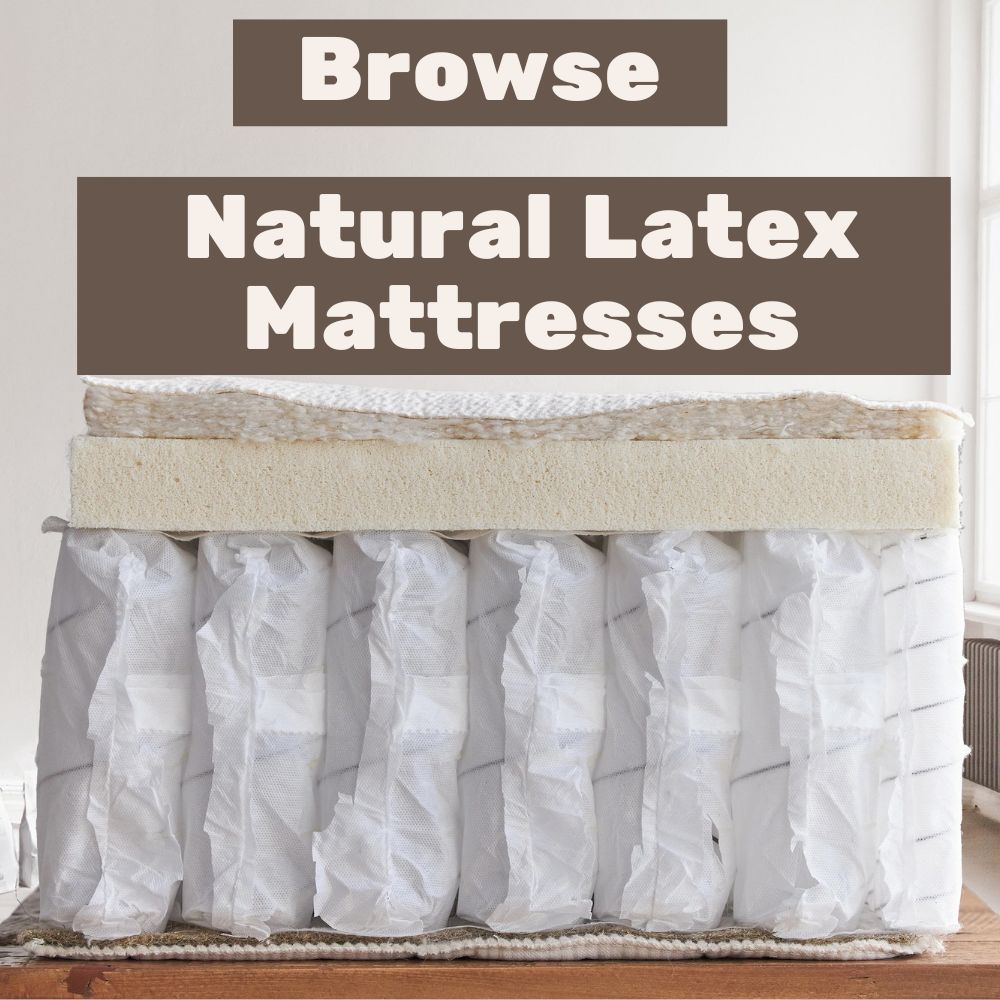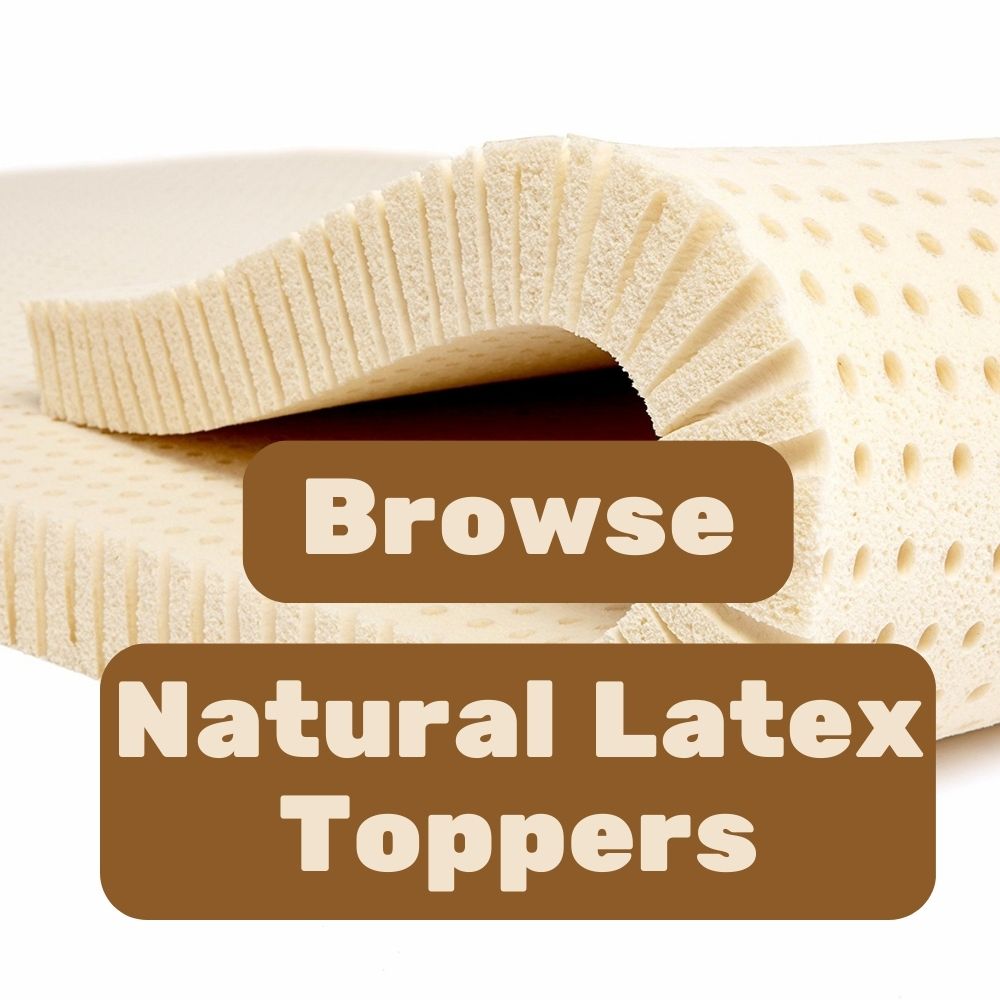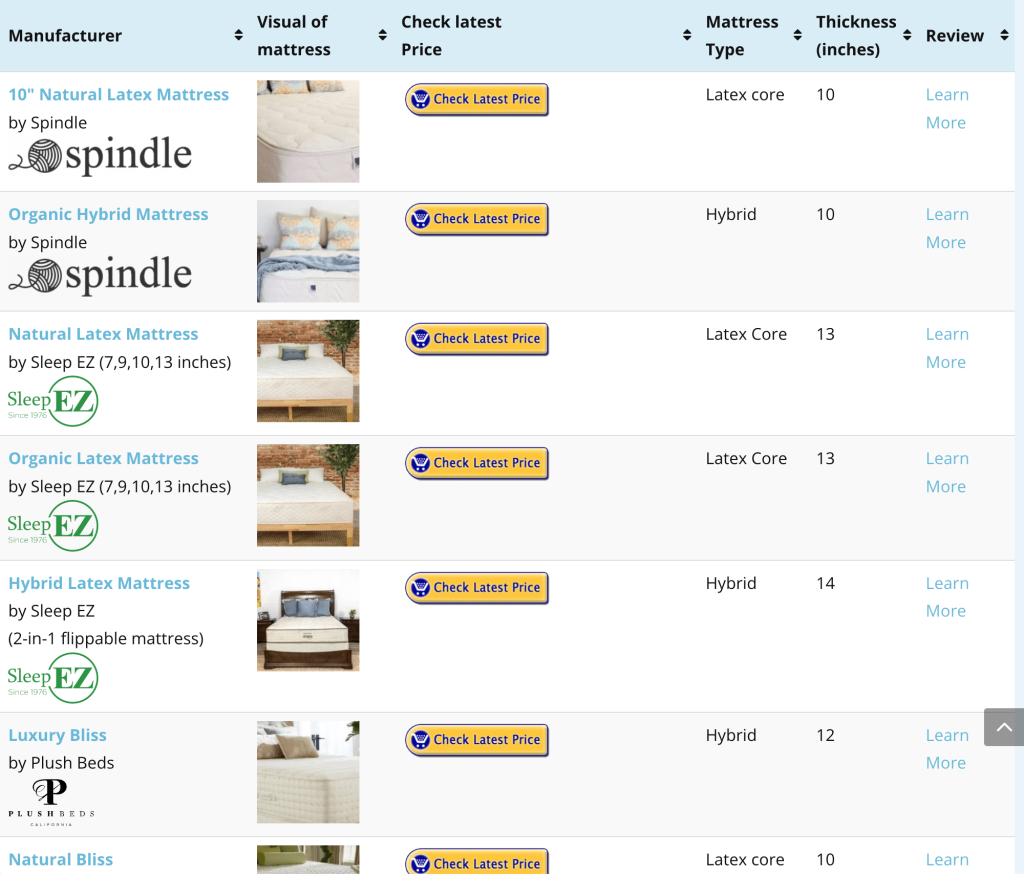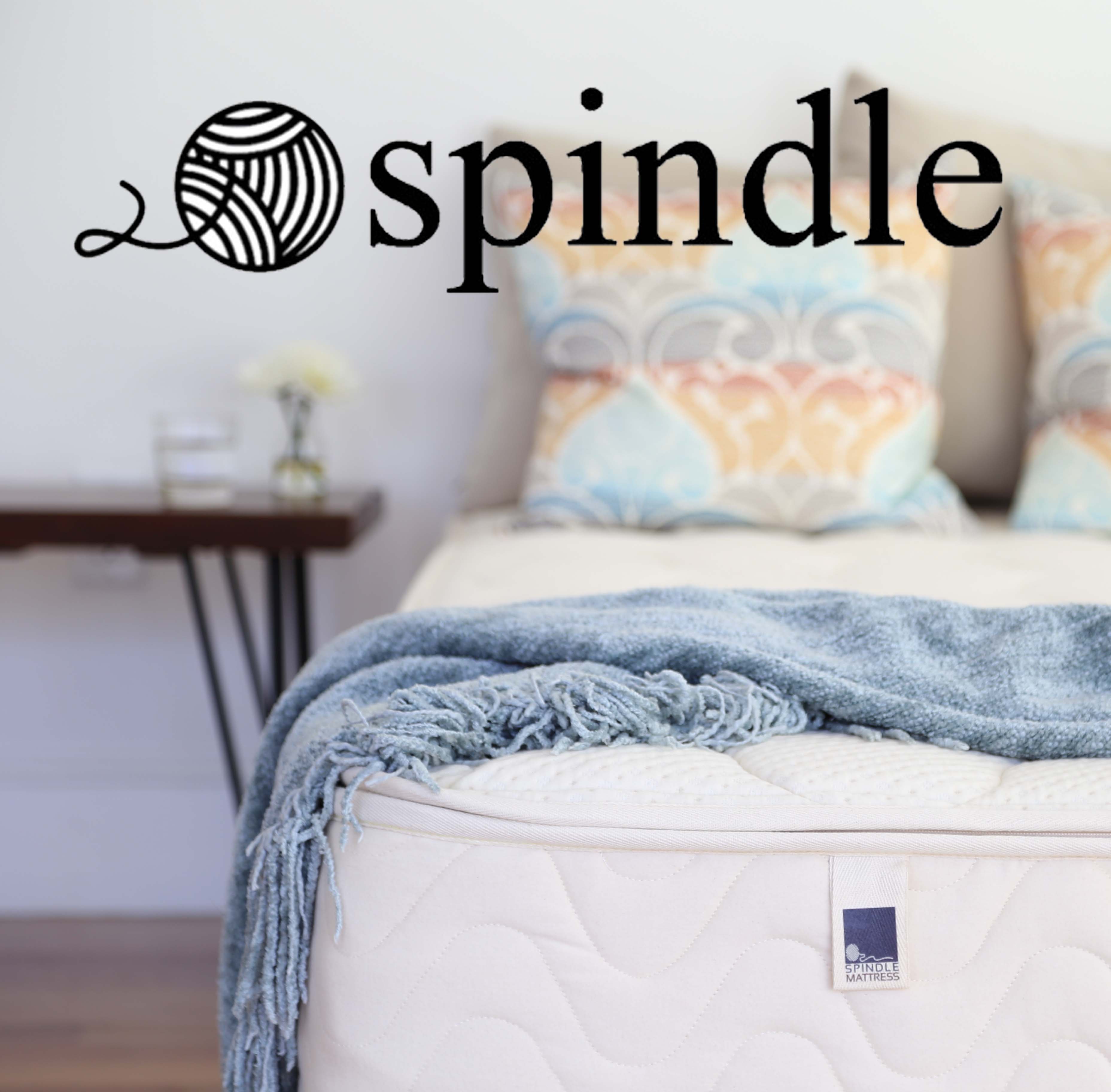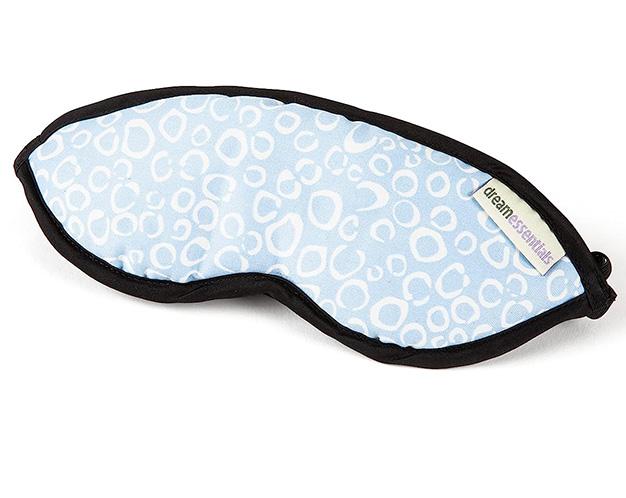Beware Of Fake “Natural Latex” Mattresses!
Don’t buy a bed in a box mattress online until you watch this video… What you’ll discover will shock you!

Many thanks to the creators of this video for taking apart this mattress and exposing its shortcomings. It is a rare opportunity to see how a conventional mattress can fail after only a few years. The mattress’s irregular sleep surface that includes dips and indentations poses a long-term health risk to someone sleeping on it.
What I discovered in this video was truly shocking. And the worst part about it was that it made me realize just how cheaply the vast majority of conventional mattresses are constructed.
“Talalay Latex”
The “Talalay latex” in this mattress is questionable at best. Since it seems to have indentations and impressions, I would say that it is made mostly of synthetic latex that is blended with a very small amount of natural latex. Since the polyurethane foam underneath it is basically caving in, even natural latex will adapt to the shape. However, from watching the video, the corners of the “Talalay latex” are deformed and do not spring back to shape after the cover has been removed. This is an indication that the supposed natural foam layers are a synthetic blend.
As mentioned in the video, the polyurethane base foam is literally caving in, leaving large dips in the mattress. Even worse, all the layers of the mattress are bonded together with an adhesive. Adhesives are typically made with toxic, petrochemical-based ingredients. Some of these ingredients become volatile over time and will off-gas into the living environment.
The cover layer of the mattress is made with fake button tufting. Typically, tufting is a method used to tie all the layers of the mattress together so that they do not shift over time. Tufting involves perforating the mattress with a needle and running a string through it. Buttons are tied on either side under some degree of tension and are held together by the string.
There is only the appearance of tufting in this mattress, as the buttons are not held together by strings that run through the mattress. Some very low-density foam and Dacron is used in the top layer. This is done to give the mattress an ultra plush and luxurious look when new. But as we see, after only six or seven years of use. the foam is not able to regain its original form. This adds to the dips we see in the mattress.
Additionally, the dacron in the top layer is typically doused with fire-retardant chemicals, some of which have been shown to cause adverse health effects.
This mattress teardown illustrated why purchasing a “Talalay mattress” that is not third-party certified by GOLS, Oeko-Tex or Eco-Institut is a poor financial and health investment. Invest in a third-party certified natural latex mattress that will last at least 3 times as long, will not sag or develop indentations and will not pollute your indoor air with VOC’s.

